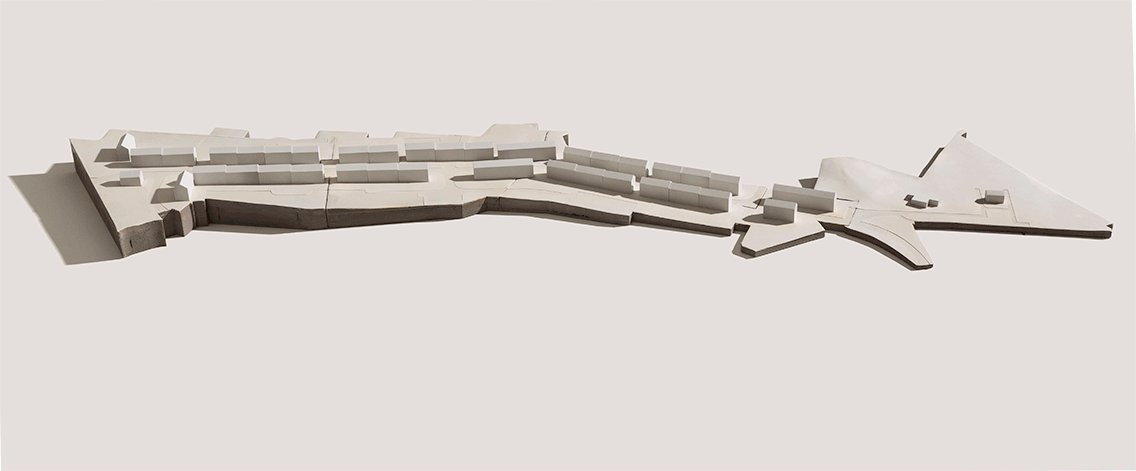Fraser Avenue
Working with the local community to transform an unloved Fife housing estate.
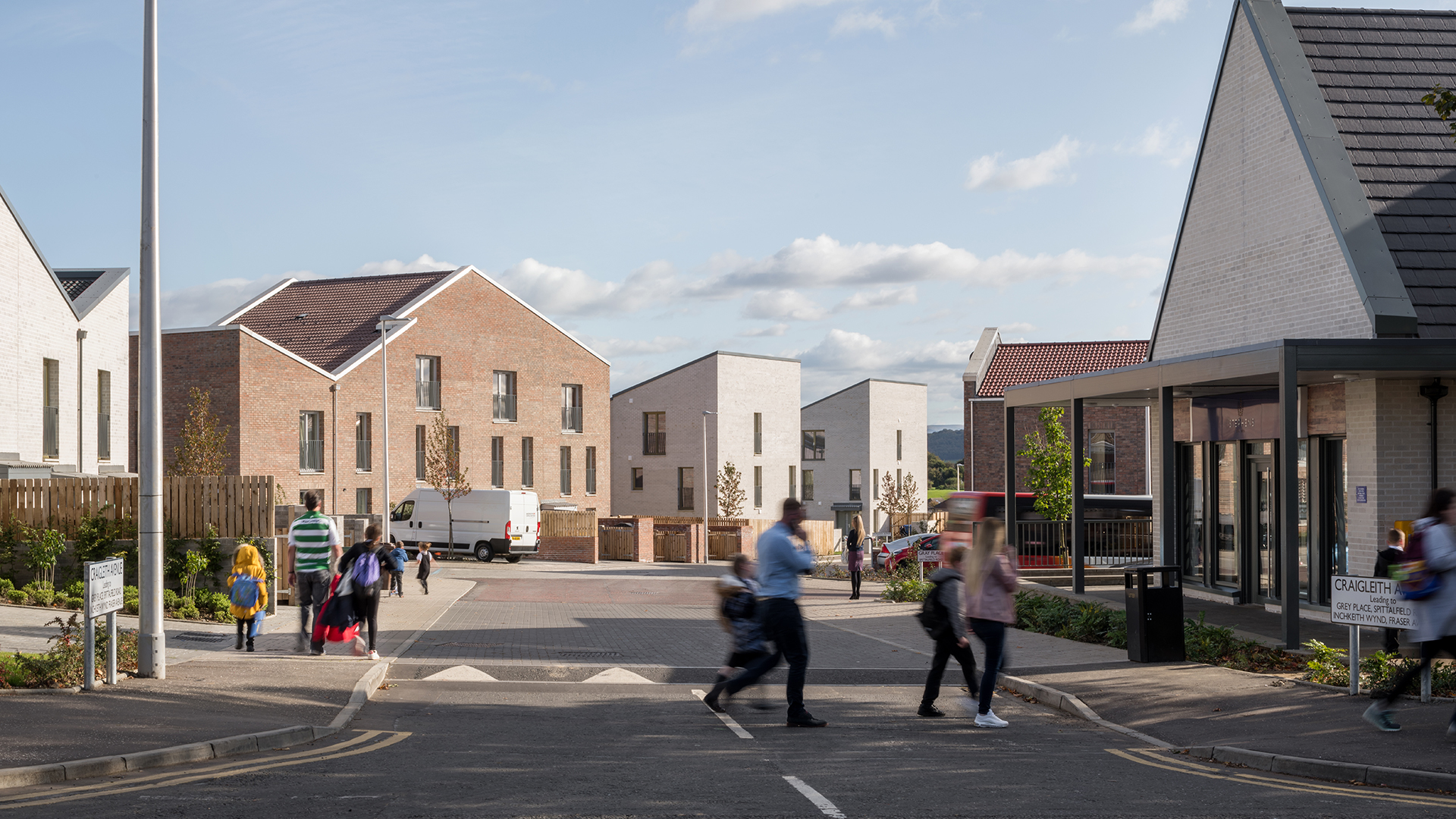
Fraser Avenue, a mid 20th century housing estate in Inverkeithing, Fife, was no longer fit for purpose. Living in one of the most disadvantaged areas in Scotland, residents felt alienated and a lack of belonging. Fife Council engaged 7N to work with the local community to develop regeneration proposals. An extensive engagement process with residents confirmed that their negative feelings about the area were linked to the poor layout and ambiguously designed spaces of the existing estate.
7N’s masterplan addresses this through a placemaking framework where every space has a clear purpose and defined sense of ownership, creating a new neighbourhood woven into the social and physical fabric of the area.
In the 189 new homes, existing residents will enjoy lower density housing in a comfortable and secure environment, with private front and back gardens, tree lined streets and accessible open spaces reflecting the nearby Rosyth Garden City and the wider Garden City Movement. The new homes are constructed in high quality materials using brick colours which reference the nearby 1930s and 1980s housing, while the masterplan also proposes integrated public art work across the site, tracing the memory of the former Halbeath Colliery Railway.
For further information, Architecture & Design Scotland have published a Case Study of Fraser Avenue Here and a Workshop Report as part of the Housing to 2040 consultation Here.


The existing frontages of Fraser Avenue are long and unbroken isolating the street from its surroundings and creating a “canyon” like impression. Undefined public space leads to ambiguity over ownership. The existing buildings are in poor condition with no definition between fronts and backs and the existing frontages to the streets and public spaces are hard and alienating. However, the existing estate is home to many families, some of which have lived on the street their whole lives. The challenge therefore was to deliver transformational change without fragmenting the existing community.
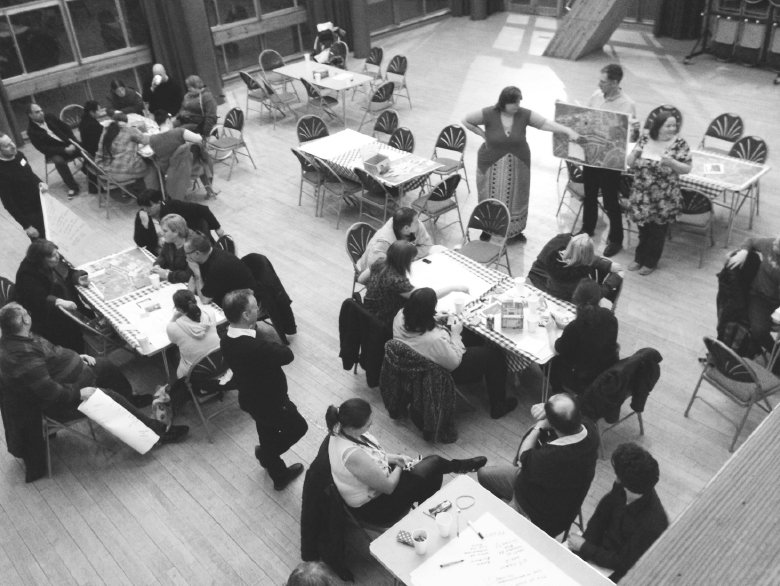
A series of visioning workshops and consultation events were held with the local community to establish key principles and a vision of what kind of place a reimagined Fraser Avenue might be. A number of options were subsequently developed based around the principles of shorter, more intimate streets feeding off a realigned Fraser Avenue, where everyone would have their own front door and private garden. The residents required a mix of house types to cater for a range of people with good quality building stock providing warm, dry, secure, energy efficient homes. Safe walkways, roads and cycle paths were also important, with well cared for public space where kids could play.
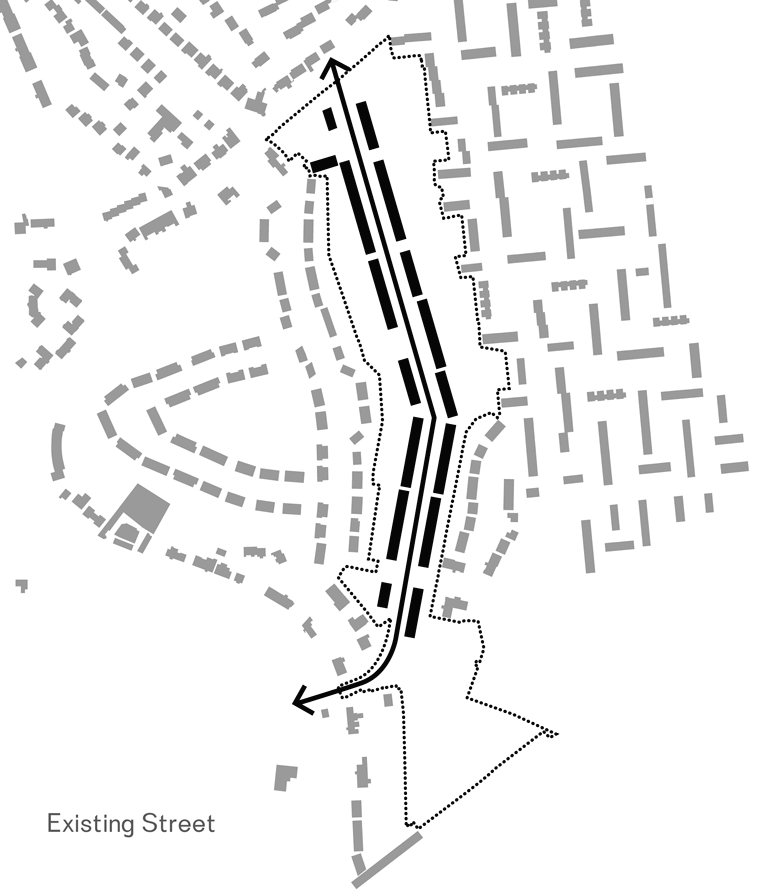

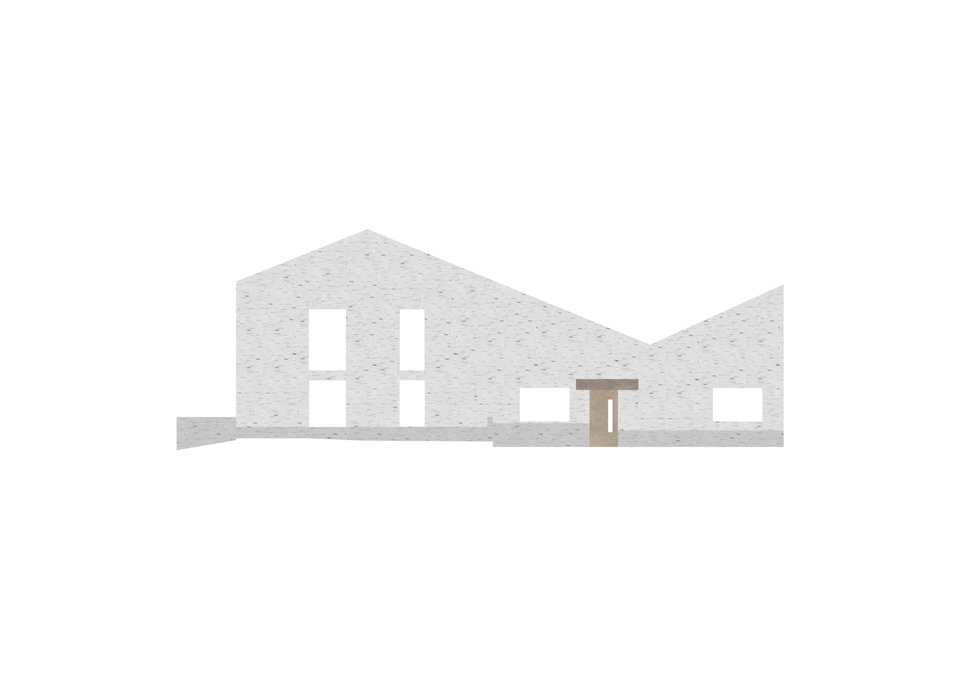
The roof forms reconcile the sloping topography of the site while unifying the varying heights of the terraced house types.

